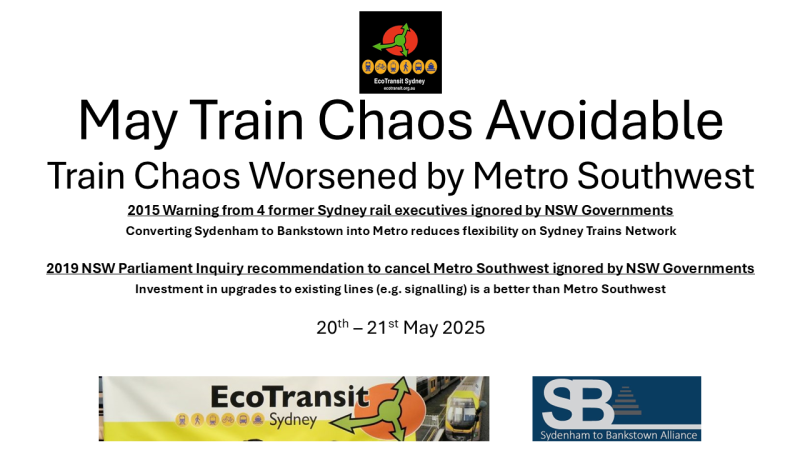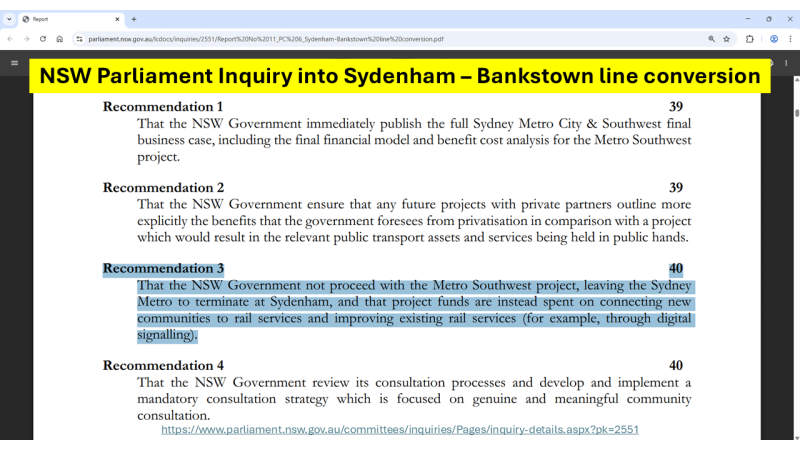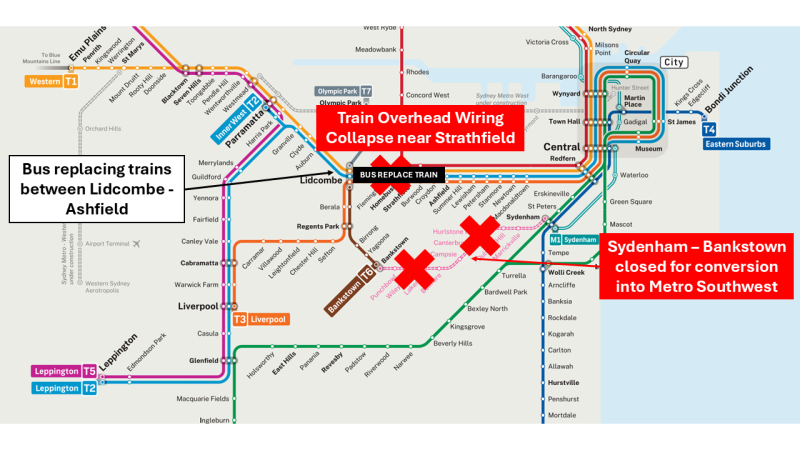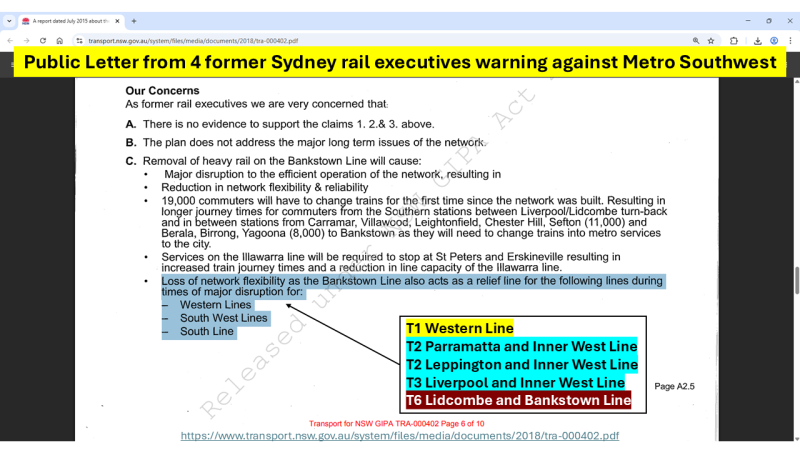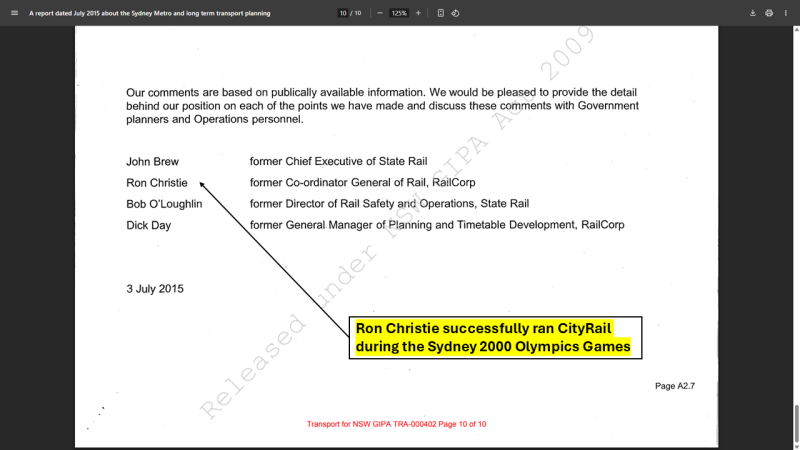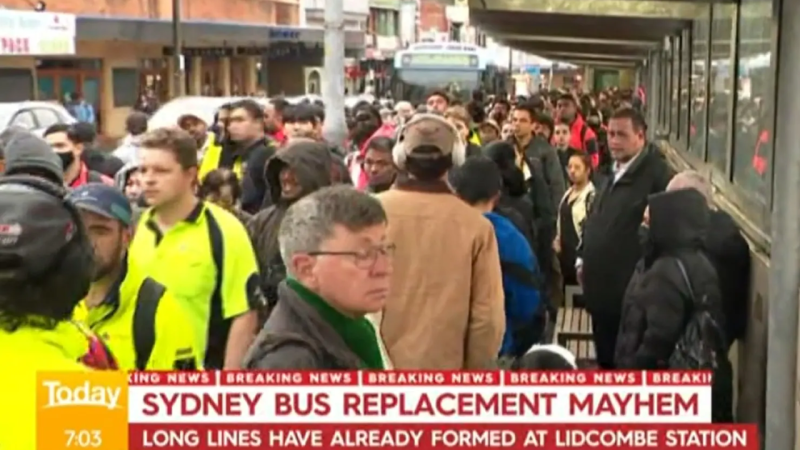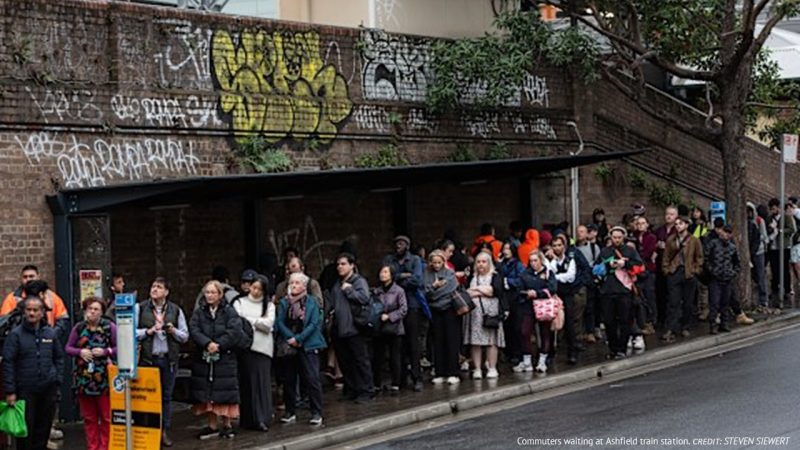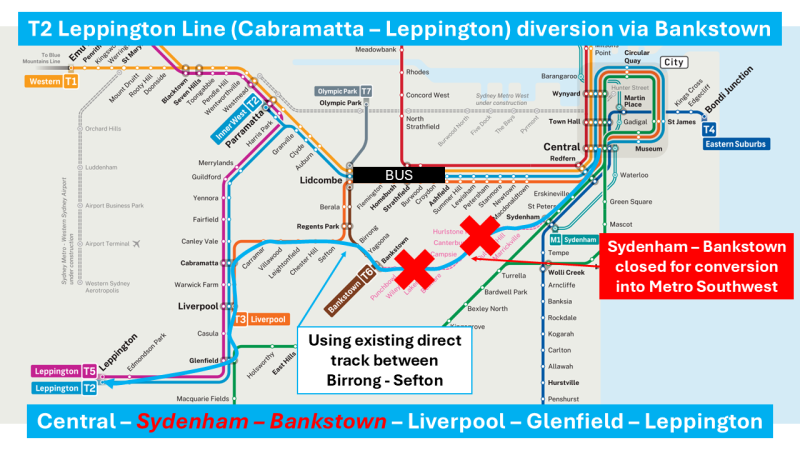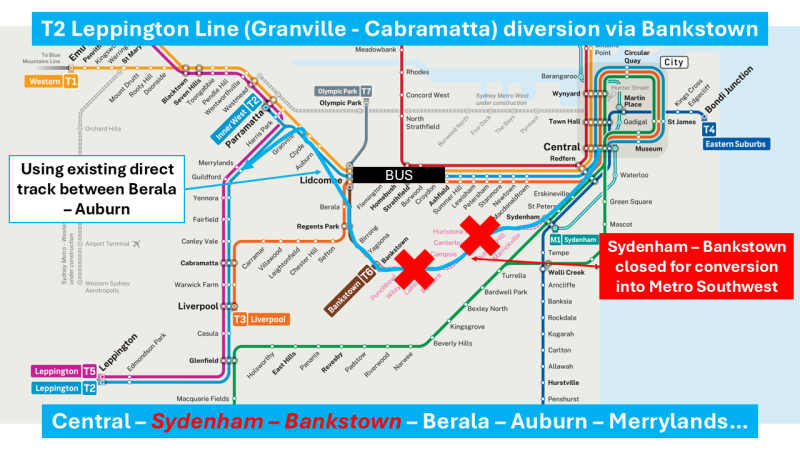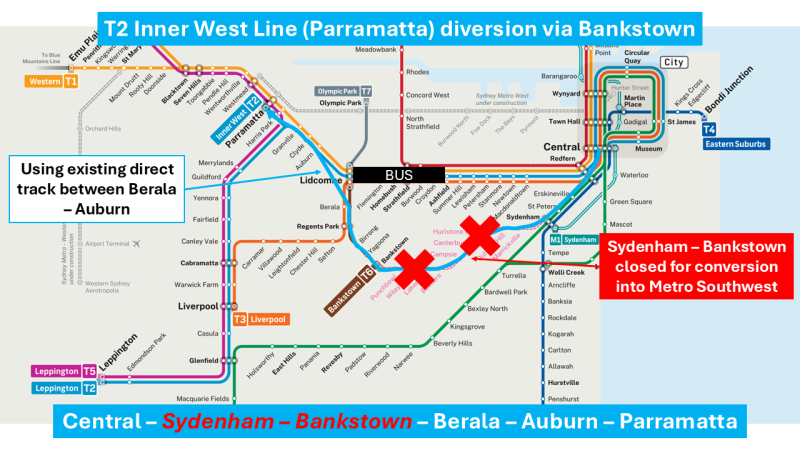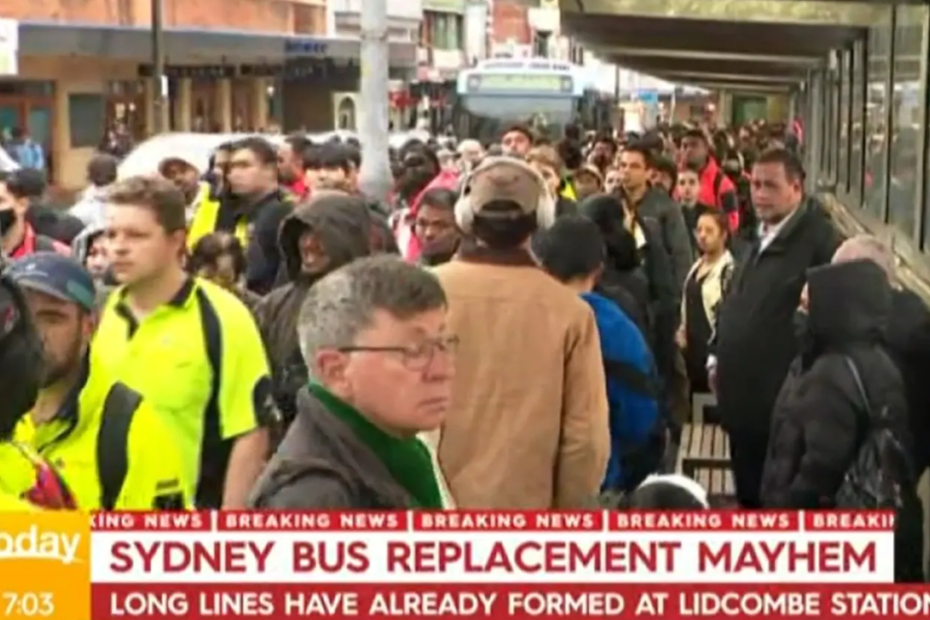May 2025 Train Chaos Was Avoidable – Here’s Why
When train chaos struck Sydney in May 2025, thousands of commuters were left stranded, frustrated, and searching for answers. Long queues at Lidcombe, reduced services across Western and South Western Sydney, and widespread bus replacements exposed a deeper issue: these disruptions were not just unfortunate – they were avoidable.
🚨 The Real Cause: Metro Southwest Reduces Network Flexibility
At the heart of the problem is the ongoing conversion of the Sydenham to Bankstown corridor into the Metro Southwest. This project has effectively removed a vital artery from the Sydney Trains network, limiting the system’s ability to reroute services during incidents.
Former Sydney rail executives including Ron Christie (who successfully ran public transport for the Sydney 2000 Olympic Games) warned back in 2015 that converting this line into a standalone Metro would strip the network of operational flexibility. Their public letter urged the NSW Government to invest instead in signalling upgrades, which would have increased capacity without sacrificing connectivity.
Those warnings were ignored.
📉 2019 Inquiry Echoed the Same Advice – and Was Ignored Too
In 2019, the NSW Parliament Inquiry into the Sydenham–Bankstown conversion recommended that the Metro project not proceed beyond Sydenham. It advised instead to enhance the existing heavy rail line with signalling improvements, a move that would have preserved the network’s adaptability and better served the public in times of crisis.
That recommendation was also dismissed.
🚦 Why Signalling Upgrades Matter
Modernising Sydney Trains with advanced signalling technology would allow more trains to run more safely and more frequently. Crucially, it would have preserved the direct train connections between Birrong, Yagoona and Liverpool to City Circle via Bankstown.
Had those upgrades been prioritised, the system could have absorbed the shock from the recent train wiring collapse near Strathfield far more effectively. Instead, services were cut or rerouted inefficiently, with no option to use the direct Bankstown corridor as a relief route.
🚧 Who Suffered Most?
Here are five train lines that could have had less disruption if the Bankstown Line was still available to Sydney Trains:
T1 Western Line
T2 Parramatta and Inner West Line
T2 Leppington and Inner West Line
T3 Liverpool and Inner West Line
T6 Lidcombe and Bankstown Line
Commuters from the west and south-west bore the brunt. Stations like Lidcombe and Berala became chokepoints, and people faced significant delays that could have been avoided with a more resilient network.
🚉 A Missed Opportunity: Existing Tracks Were There
Sydney’s rail infrastructure already includes direct tracks such as:
Berala – Auburn (via the western fork of Lidcombe Junction)
Birrong – Sefton (via the southern fork of Sefton Junction)
These links could have enabled trains to bypass disruptions, but the Metro conversion shut down access to these strategic options from the City. Instead of leveraging these existing tracks for relief routes, the system had no choice but to put commuters on replacement buses.
🛠️ Time to Rethink Priorities
The May 2025 incident makes it painfully clear: Sydney doesn’t need more Metro conversions – it needs smart investment in existing infrastructure.
Let’s fast-track signalling upgrades.
Let’s prioritise flexibility and resilience.
Let’s ensure the chaos we saw in May never happens again.
📢 Join the call for real upgrades: EcoTransit’s Signalling Campaign
Sydney’s commuters deserve better. The solutions are there – it’s time the government started listening.
